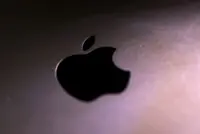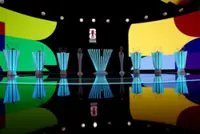A man wearing traditional Masai clothes walking under an installation at the Biennale International Architecture exhibition in Venice, Italy. Photo: Antonio Calanni/AP
Scottish-Ghanaian architect Lesley Lokko is giving a platform to voices that have long been silenced at this year’s Venice Architecture Biennale, which opened May 20, the first ever curated by an African, featuring a preponderance of work by Africans and the African diaspora.
The 18th architectural Biennale, titled "The Laboratory of the Future”, explores decolonisation and decarbonisation, topics about which Africans have much to say, Lokko said, citing the long exploitation of the continent for both human and environmental resources.
Already a subscriber? Log in
Save 30% OFF The Star Digital Access
Cancel anytime. Ad-free. Unlimited access with perks.





